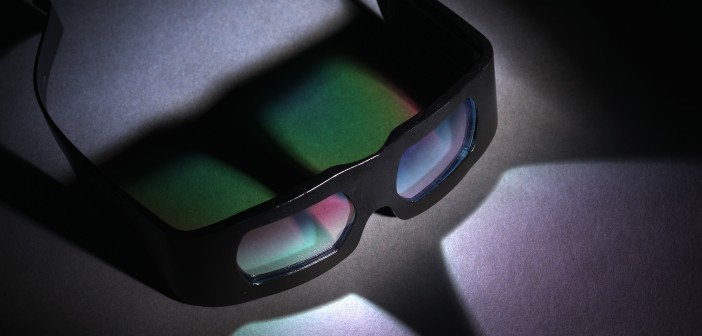3D technology in films is not a new development. In the late 1800s, a few isolated filmmakers experimented with 3D presentation of film and a 3D camera, and in 1915 a film pioneer named Edwin Porter experimented with showing audiences a 3D film. Filmmakers continued to experiment with 3D without success for decades. The recent trend to show 3D movies is only the latest manifestation of this trend.
The first major film to debut modern 3D technology was James Cameron’s Avatar in 2009. It broke box office records, won awards, and in general increased interest in exploring 3D movies. Avatar and subsequent films charged more per ticket for the 3D showing of the movie, but producers and theaters both hoped that audiences would be willing to pay the premium for a better movie experience.
New movies, especially animated films, began to offer 3D as a regular option. The film industry adopted a strategy for 3D that involved trying to make more money from a smaller audience who were interested in paying for 3D formats. According to 3DGlassesOnline.com, it soon became commonplace for a major, big-budget film to release in both 3D and 2D formats, and some went as far as 3D IMAX releases.
At first, the trend appeared to be taking hold. Critics and audiences liked the 3D effects in Avatar, in particular. However, whether that was due to the power of the 3D format or to the fact that Avatar was a special effects-heavy movie with a lot of visual appeal was unclear. Films that followed Avatar, such as entries in Marvel’s popularAvengers series, did not fare quite as well in encouraging 3D adoption. Less than half, and often less than a third, of audiences chose to attend the 3D version of films when given the choice.
Judging by the moviegoing population themselves, 3D is simply not worth the money. There are several reasons for this. First of all, while Avatar used special cameras to film in 3D, many subsequent productions simply transformed their films into 3D using processing after filming, and the results were subpar. There is a growing perception among audiences that movies using 3D don’t put in any extra time or effort into the format, but simply throw in a few more effects and hope that people are willing to pay. The format itself has come to be seen as a gimmick rather than a full-fledged new way to experience movies.
Another problem is that both critics and audiences alike are disappointed by the quality of contemporary films, including ones that make use of 3D. A poor movie will not become a good one through the use of 3D, and moviegoers certainly will not pay extra to see a poor movie in 3D. As a result, the low quality of movie offerings means interest in movies in general is relatively low, so 3D films also suffer from decreased audiences. Part of this effect is due to the lingering economic problems since 2008, which leaves middle-class households with less money to spend on activities like going to see a movie.
The overall result is that so far, few movies have come out that truly take advantage of the 3D format, and on the other hand, audiences are not willing to spend the extra money on tickets. That makes filmmakers less inclined to take a risk by making a 3D-heavy movie. There just aren’t that many movies that are worth watching which benefit from the 3D treatment, especially when they are not actually filmed in 3D. It’s too early to tell if the current 3D trend is on its way out, but at least so far, it has produced few films of note that benefited from a heavy investment in 3D.




